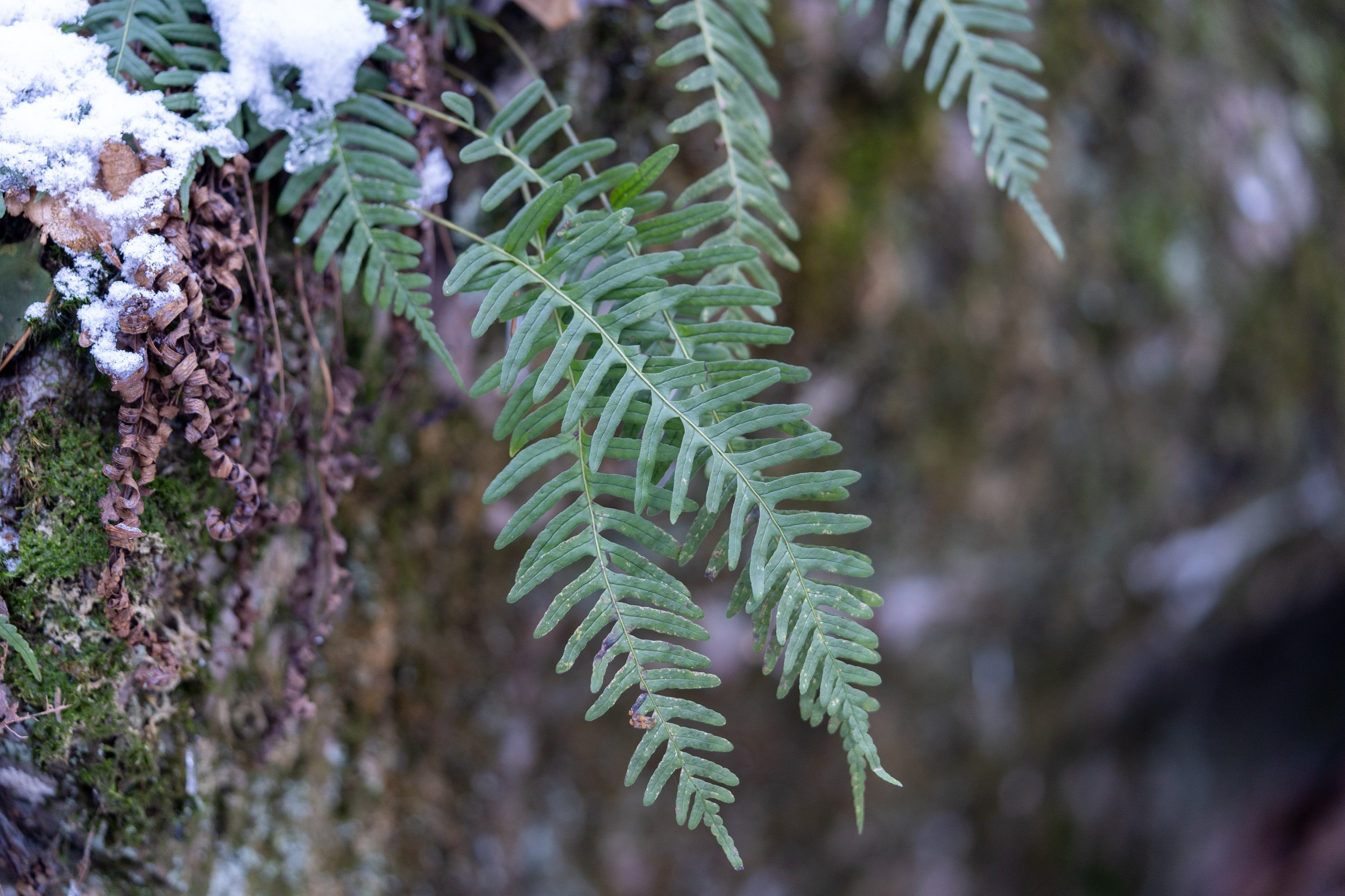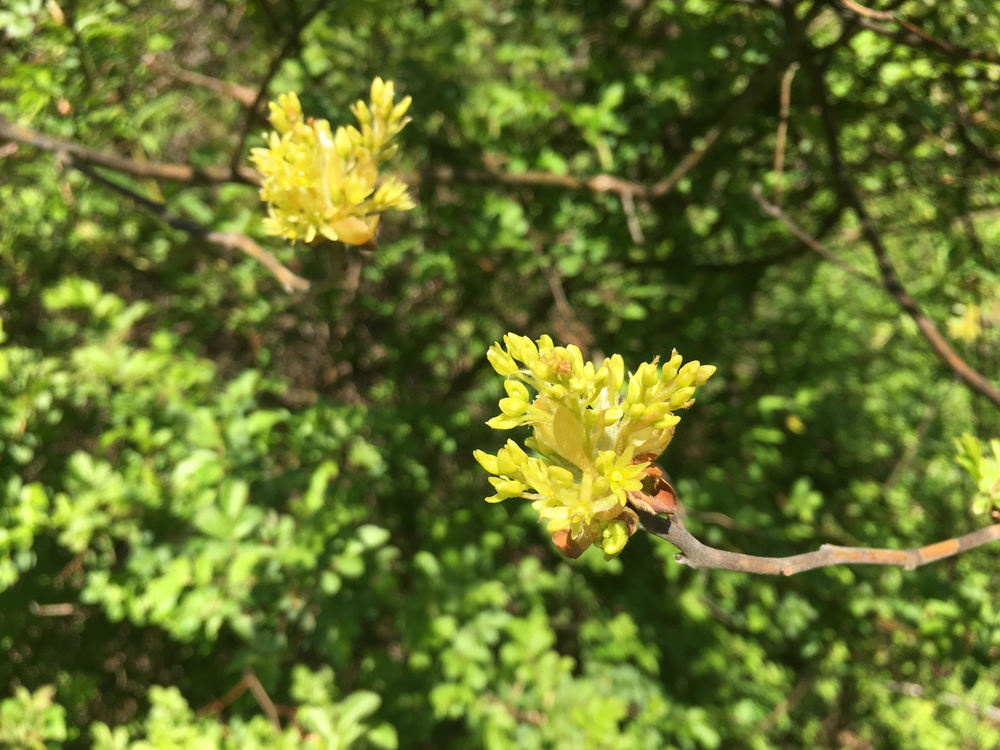Through the cold, neutral-colored months of winter, seeing the shades green of ferns is a driving force in keeping us sane until springtime.
Species Spotlight: Sassafras
Sassafras (Sassafras albidum) is blooming now in the Blue Ridge.
Sassafras is a member of the Lauraceae family. This family is characterized by having woody stems, simple leaves, and actinomorphic (star-shaped) flowers that are typically bisexual. A a rather small tree, it is commonly found in early successional habitat such as fence lines and field edges all throughout Virginia.
Milkweeds: Common and Native to NC/VA
Bloodroot, Sanguinaria canadensis
Blue Ridge Illustrated: Oaks of Matthews State Forest
14 students spent two hours in the field defining the difference between the bark, acorns, leaves and tree structure of six species of oaks in the forest while effectively blocking out the myriad of other species in the forest. Their investigative efforts began the latest BRDC poster: The Oaks of Matthews State Forest.
Milkweed Madness
If you manage a field, you face a conundrum in deciding your specific goals and if, when, and how often to mow. If you want to retain the field, you must eventually mow it, but preferably no more than once per year to minimize negative effects on wildlife. Otherwise woody vegetation will eventually move in and convert the field into a woodland. But the speed of this succession is highly variable in different locations. Mowing more than once per year usually converts the field into short grasses which are minimally useful to wildlife. But when do you mow?
Seed Pods of Matthews State Forest by Galax High School Art Program
Skunk Cabbage
Ailanthus
Trillium - A Lovely Spring Flower
Trillium
is a genus that has a variety of species across North America. The "tri" Latin prefix, meaning three, is used because the parts of the flowers occur in threes or multiples of threes: three leaves, three petals, three sepals, three stigmas, and six stamens.
A common trillium of southwest Virginia and northwest North Carolina is
Trillium erectum
, commonly referred to as Wake Robin. The researcher can become quickly confused by this lovely plant. Since it occurs in red/maroon, white, cream, pink, and mottled, the question is whether these are subspecies or whether these are just different colors of Trillium erectum. At this time there is no definitive answer.
Let's look at some of the Trillium erectum blossoms that occur close to each other. Red/maroon and cream are the most common in this area.
When red and cream occur in an area, it is not unusual to see pink or mottled.
The white form seems not to occur in the same area as the red and cream.
The Yellow Trillium,
Trillium luteum
,
grows in such large numbers in some slopes of the eastern
Smoky Mountains, that its growth habit is reminiscent of a weed.
Trillium sessile
, commonly called Sessile Trillium, is like the Yellow Trillium in that it does not grow in the Blue Ridge Discovery Center area. The one pictured to the right was growing in southeastern West Virginia.
Trillium luteum
and
Trillium sessile
belong to the "sessile" category. In this case "sessile" means that the flower has no stem.
Nodding Trillium,
Trillium cernuum
,
is white. As it ages, the ovary and anthers
become pink and purplish, making it
even more lovely at a distance.
Painted Trillium,
Trillium undulatum
,
grows over a large area. This is fortunate
because it is one of the most beautiful of
the trilliums.
You might still find some trilliums at
the higher elevations of North Carolina
and Virginia. Better yet, plan to see
them in the spring of 2014.





























